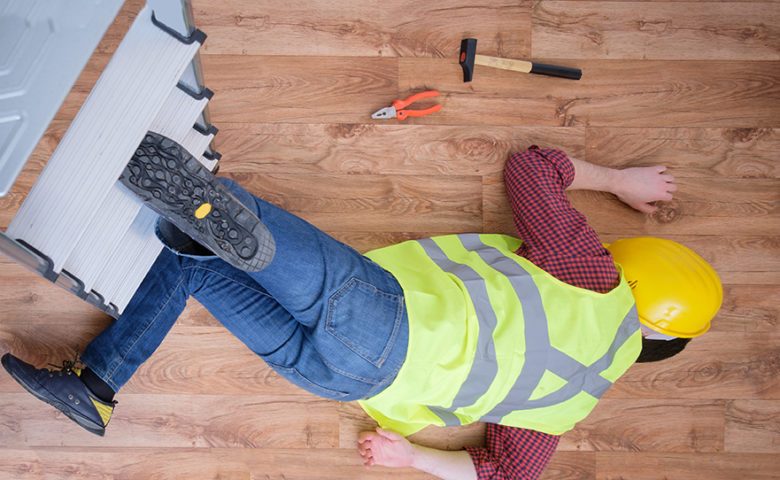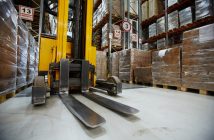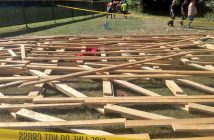No risk assessment had been completed for the worker’s task before the incident, which led to a fractured rib, stitches and 14 days off work, WorkSafe reports

Over the past year there have been a number of fall from heights incidents in quarries. This safety alert highlights the serious health and safety risks involved when working at height and the need to carry out risks assessments before undertaking routine work carried out at a height.
In the most recent case, a quarry worker was injured while completing routine maintenance on mobile plant.
The worker had used a ladder to access the screen and was climbing along the outside. While attempting to move across the equipment the worker lost his footing, resulting in him falling approximately 2.1m.
The worker suffered a rib fracture and required stitches to his leg. He will be off work for 14 days then returning to light duties.
The task being undertaken at the quarry is carried out frequently. No risk assessment was completed for the task that related in the injury. A work platform was available for the worker to use but it was fixed height and unsuitable for the job.
What can be learned
Where the potential of a fall exists, dutyholders should consider the following hierarchy of controls:
- Can the job can be done without exposing persons to the hazard (eliminate). This can often be achieved at the design, construction planning and tendering stages.
- If elimination is not practicable then steps should be taken to isolate people from the hazard. This can be achieved using safe working platforms, guardrail systems, edge protection, scaffolding, elevated work platforms, mobile scaffolds and barriers to restrict access.
- If neither elimination nor isolation are practicable then steps should be taken to minimise the likelihood of any harm resulting. This means considering the use of work positioning systems or travel restraint systems, safety harnesses, industrial rope access systems and soft landing systems.
Quarry operators should:
- change the way a task is carried out when a safer alternative is identified, and encourage their workers accordingly
- ensure suitable equipment, including PPE, is available and workers have adequate training for its use
- ensure workers are trained to identify fall-from-height hazards they might encounter and have appropriate supervision
- review elevated screen plants and conveyor systems to identify all reasonably foreseeable hazards, including specific tasks that expose workers to the risk of falling from height
- conduct a risk assessment to identify hazards and reduce worker exposure, so far as is practicable
- review and, where necessary, update site procedures to ensure controls are adequately documented in the safety management system, including the need for specific risk assessments when working at height.
Mobile screening plant designers, manufacturers, importers and suppliers should conduct a risk assessment of the tasks workers are likely to undertake on the plant to identify where they may be exposed to the identified hazards, including the risk of falling from height.






